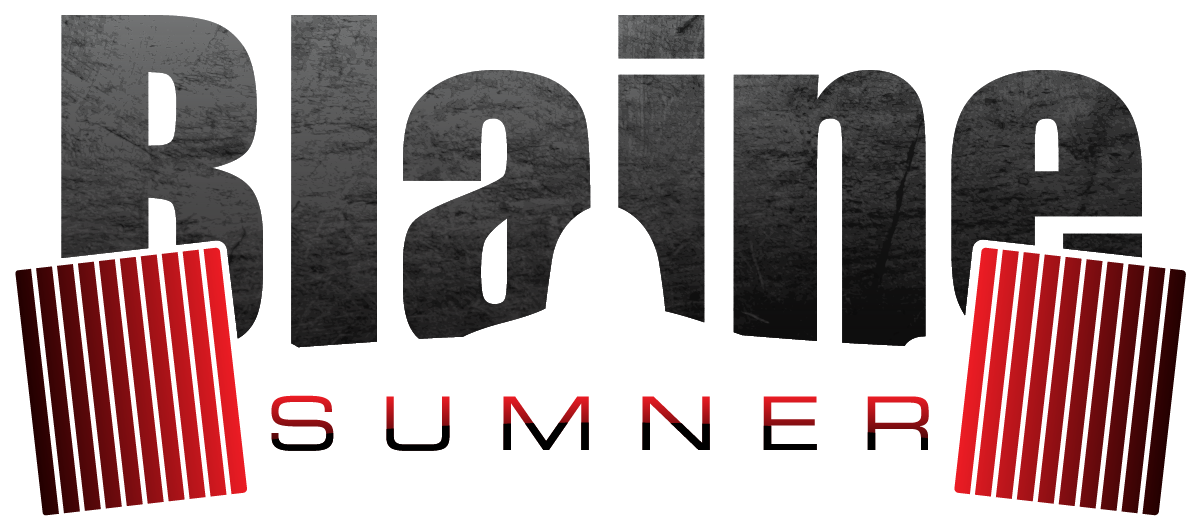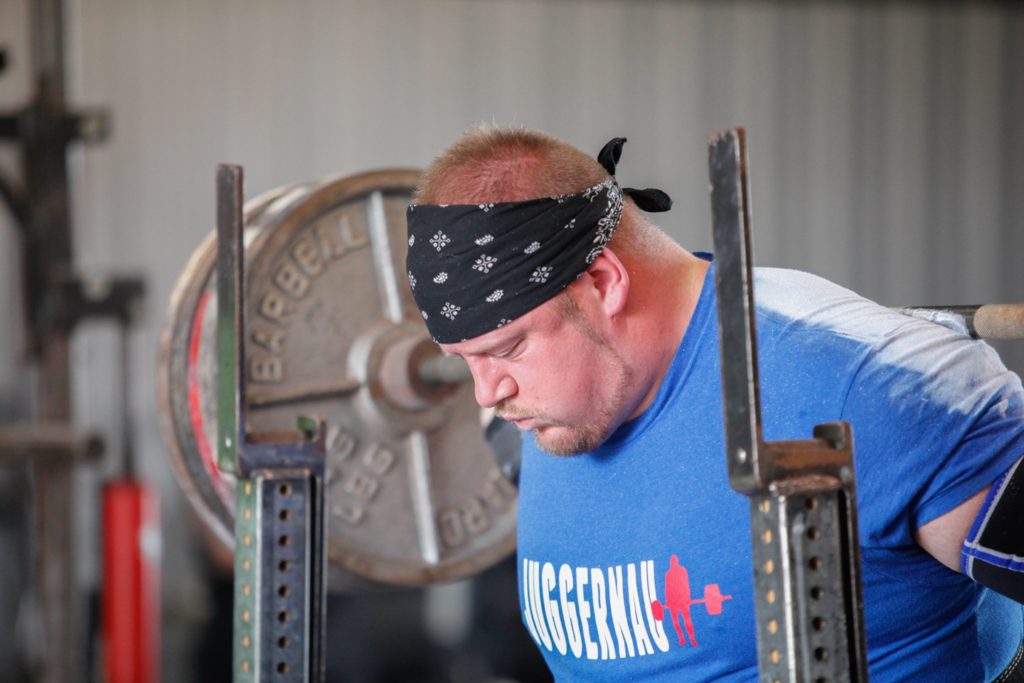Articles
Training Around Injuries
Like any seasoned athlete will tell you – injuries are part of the game. I can’t think of a single elite athlete I’ve ever met in Football or Powerlifting that has not had an injury of some kind. And the longer we are in our sport, the more likely an injury is to occur. Suffering a serious injury reveals a lot about our character and desire to succeed. When an athlete is healthy, feeling strong, and can perform all movements, it is easy to motivate yourself to train.
But when you suffer an injury, lose significant strength and/or size, and cannot perform most movements you are used to, the athlete who really wants to succeed will set themselves apart. When the going gets tough, the tough get going. It takes fortitude, mental toughness, and discipline to train through injuries. Even though all injuries are different, I have found there are some basic principles that can be applied to most injuries to retain as much strength and size as possible.
Before getting into my personal experiences, I will first say I am not a doctor or medical professional and the first thing to do when suffering a serious injury would be to see a medical professional. Fortunately, I have never suffered a serious muscle tear but I have had my fair share of joint related injuries. I have torn the meniscus in both knees, labrums in both shoulders and both hips. I am not sure if it is a genetic pre-disposition to weak cartilage or just from playing football and competing in powerlifting at a high level for many years. The other major injury I have suffered and still deal with is multiple herniated discs. Outlined below are the major points I have found that have allowed me to retain most of my strength and recover faster from injuries.
- Rest: This is common sense but often overlooked. When first suffering an injury, it is important to give the body time to rest and heal. It could be as short as a few days and as long as 4-6 weeks assuming surgery is not needed. Research your injury, find out if what is injured is vascular or not. Blood flow to the region is what promotes healing. Seek out other athletes who have experienced the injury. It’s almost a certainty that you are the not first person to suffer this injury in your sport and circle of colleagues.
- Work Ranges of Motion: Every injury I have suffered did not give me pain through an entire range of motion. Unless it is a catastrophic injury, there will probably be a large range of motion that is pain-free. If the pain zone is in the middle, work the top and bottom end. Be creative with exercises. You can hit every possible range of motion by the use of a power rack, safety pins, and bands/chains. When I was trying to overcome my major torn hip labrum, the bottom 1/3 of my squat hurt significantly. So while I could not do a full squat, I could do high box squats, good mornings, RDL’s, lunges pain free. Keeping 2/3 of my squat strong and working the other 1/3 through rehab and more isolation allowed me to rebound from a serious injury pretty quickly.
- Get creative: Research and not only understand muscle groups, but movements, and how they affect each other. There is an incredible amount of angles, movements, and resistance methods to target nearly every muscle regardless of what is hurt. It takes creativity and experimentation. If your hand or forearm is broken, you can loop a band around your elbow/tricep and perform handless rows. Figuring out ways to rig bands and bars around a power rack will surprise you with how diverse you can train your body even with injuries. Even performing the same movements but with a different “groove” can be outstanding, especially if the injury was suffered performing that movement. When my hip labrums were bad, I found I was able to perform a full range of motion squat if I pushed my knees out more than I did before, or by using a very narrow stance. Even though the weight wasn’t the same, I was able to work a similar range of motion.
- Know when to push it: In order to return to the same level as you were pre-injury, you will need to push it at some point. The first goal needs to return to a painless full range of motion first. This needs to be accomplished quickly, but safely. Once the full range of motion has returned, it is time to start adding weight to the movement and regaining the strength back. Again, this needs to be done safely. Following an injury it is normal to feel hesitant about heavy weight. Especially once you start approaching the weight you may have injured yourself with. But at some point we need to get better again and this will take some guts to push past what your mind is telling you not to do.
- Learn: The definition of insanity is doing the same thing over and over again expecting a different result. So every time you get hurt, use it as a learning lesson. Figure out why you got hurt and try not to do the same thing that got your hurt. Really analyze your programming, weight selection, form, and try to focus on why you got hurt. Was the weight too heavy? Were you not as focused on form as you should have been and got loose somewhere leading to injury? Were you benching again before you had recovered from your previous session? Understanding how you got one injury will also help you avoid future unrelated injuries. Train smart and stay healthy.
At the end of the day, everyone is bound to get injured at some point. In order to have a long successful career in a sport it will require rebounding from the injury and coming back better than you were before. Not all injuries can be avoided, but going through the healing and learning process will help reduce future injuries and allow you to compete more frequently and longer.

